Hair tells stories of culture, resistance, and personal expression. In Black communities, vintage Afro hairstyles weren’t just fashion statements—they were powerful symbols of identity during pivotal moments in history. From the Civil Rights Movement to the disco era, these styles spoke volumes without saying a word. Now’s the perfect time to revisit these iconic looks that combined beauty with boldness.
1. Layered Afro
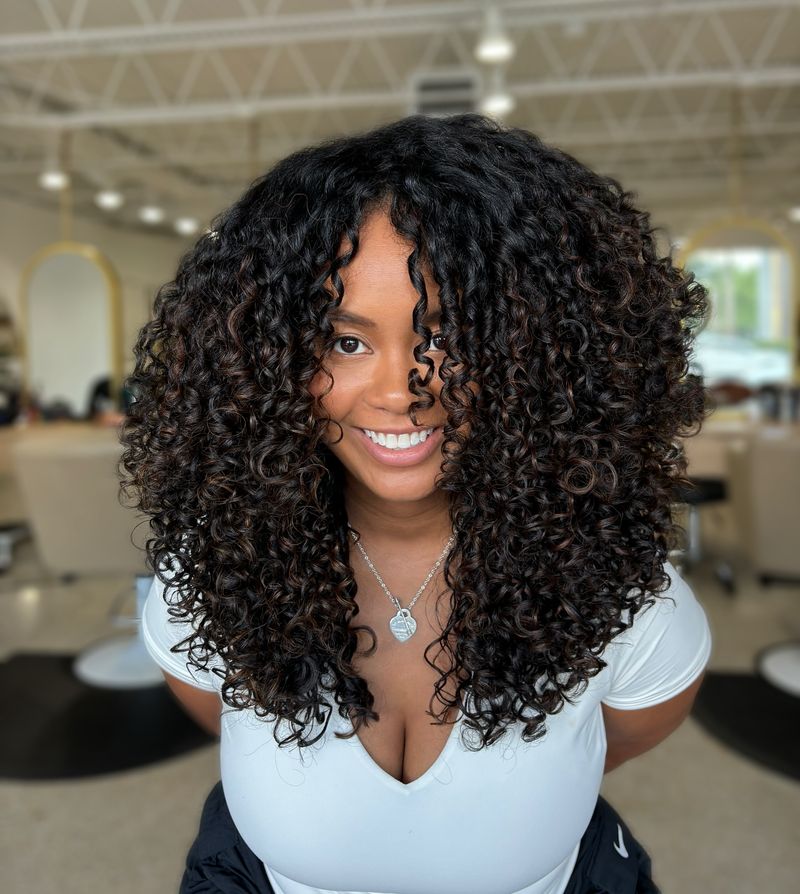
Sculptural dimension took center stage with the layered Afro. Unlike its uniformly rounded cousin, this style incorporated strategic cutting to create tiers of texture that added movement and shape. The magic happened in the hands of skilled barbers and stylists who understood how to work with natural curl patterns.
By cutting different sections at varying lengths, they created cascading effects that gave the Afro more personality and flow while maintaining its impressive volume.
Many performers favored this style for its dynamic quality—the layers seemed to dance with every movement of the head. The layered approach also made daily maintenance easier, as the defined structure helped guide the picking process each morning, giving wearers a blueprint for recreating their signature shape.
2. Afro Puffs
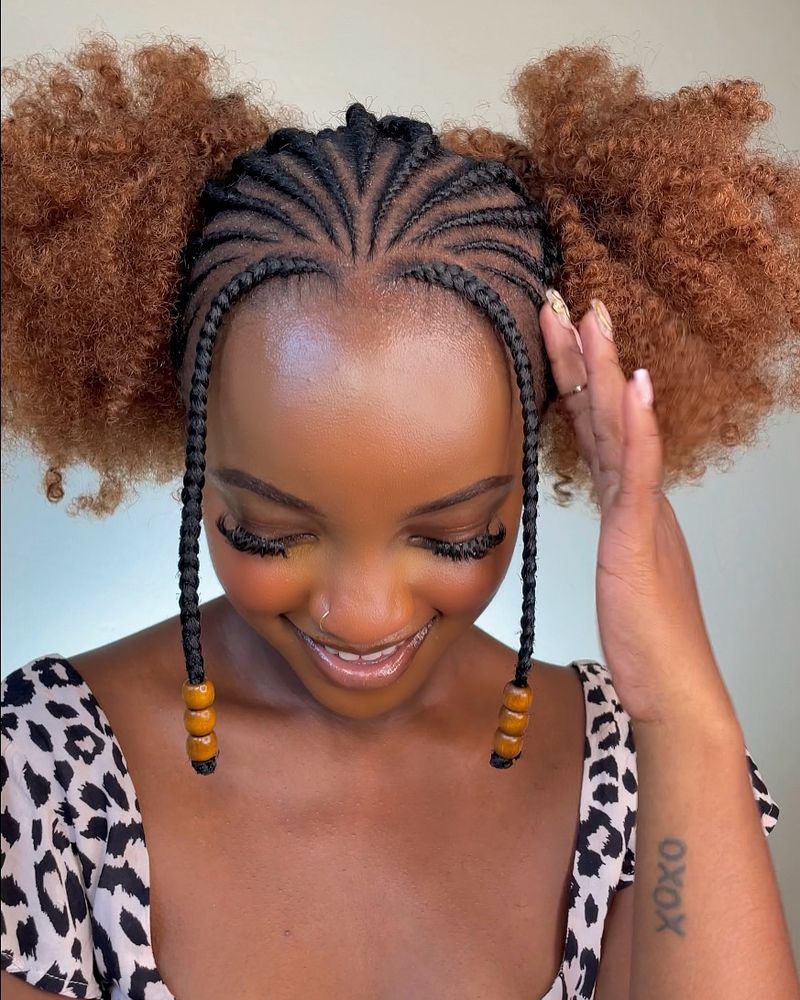
Remember those bouncy twin puffs secured with colorful bands? Afro puffs brought playfulness to natural hair long before today’s space buns trend.
Worn by schoolgirls skipping double-dutch and grown women alike, they combined practicality with undeniable charm. The style’s versatility allowed for high, perky puffs or lower, more relaxed ones depending on the occasion. Many Black girls have childhood photos featuring these iconic twin clouds framing their smiling faces.
What makes Afro puffs special is how they celebrate natural texture while keeping hair contained—perfect for active days when you wanted your crown to stay put but still look fabulous.
3. The Perfect Round Afro
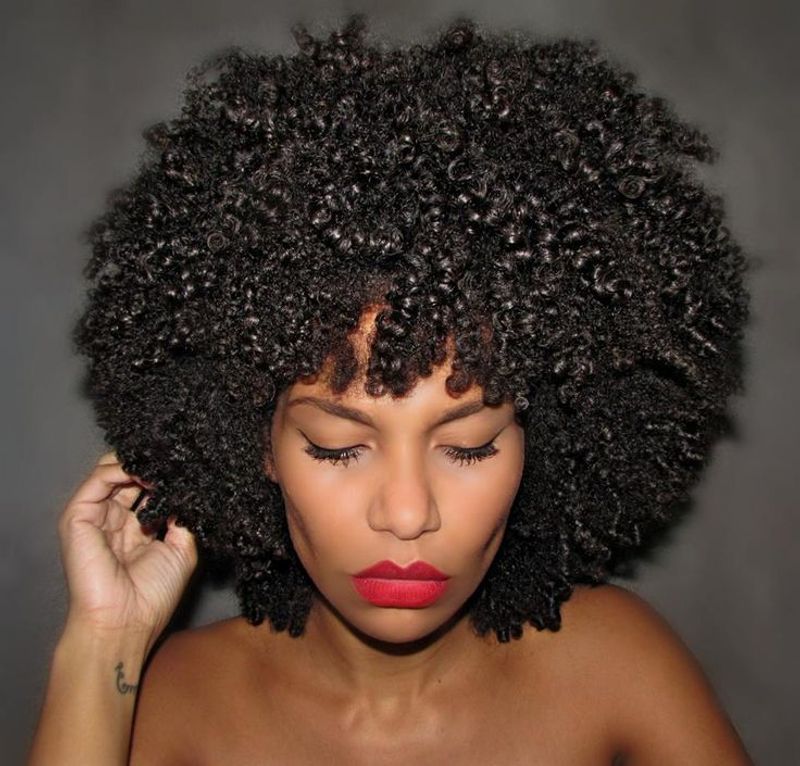
Nothing commands attention quite like the classic round Afro. This perfect sphere of natural hair became the ultimate symbol of Black pride during the 1960s and 70s, worn by revolutionaries and celebrities alike. Achieving this look required patience, a good pick, and the courage to let your hair reach its full potential.
The round Afro wasn’t just about aesthetics—it was a political statement against Eurocentric beauty standards. From Angela Davis to young activists across America, this hairstyle declared unapologetic Blackness in a society that often demanded conformity. Its perfect symmetry represented balance, completeness, and the beauty of natural hair in its purest form.
4. Blowout Afro
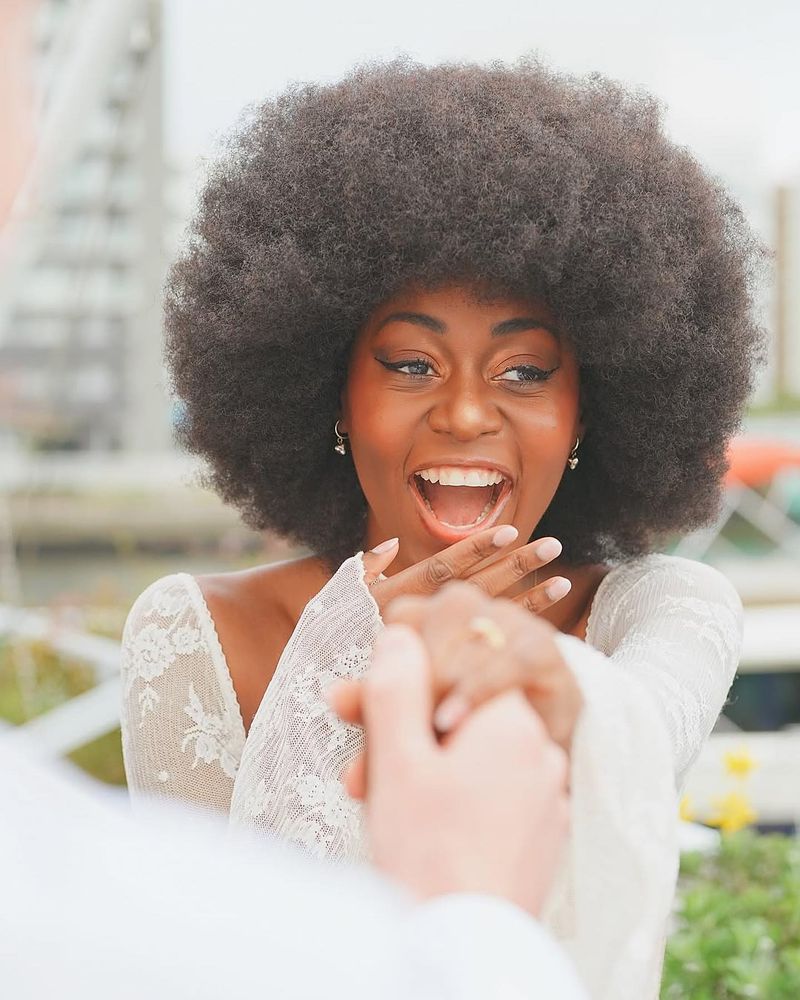
The blowout took the traditional Afro to spectacular new heights—literally. This dramatic style stretched natural curls to their maximum length using heat and specialized picks, creating a magnificent crown that seemed to defy gravity itself.
Soul Train dancers made this look legendary, with their hair moving hypnotically as they grooved down the line. The key difference from regular Afros was that extra inch or two of stretched length that created a softer, more flowing silhouette.
Maintaining a blowout required skill and protective nighttime routines, usually involving satin bonnets or scarves. The payoff was worth it though—walking down the street with this majestic style made everyone feel like royalty in their own neighborhood kingdom.
5. The Teenie Weenie Afro (TWA)
Fresh starts never looked as good as the TWA. This cropped style showcased natural curl patterns in their infancy—tight, springy, and full of personality despite their modest length. Many rocked this look during transitions from relaxed to natural hair, but others chose it deliberately for its low-maintenance appeal.
The beauty of the TWA lies in its simplicity: just wash, condition, and go about your day with minimal fuss.
6. Side-Parted Afro
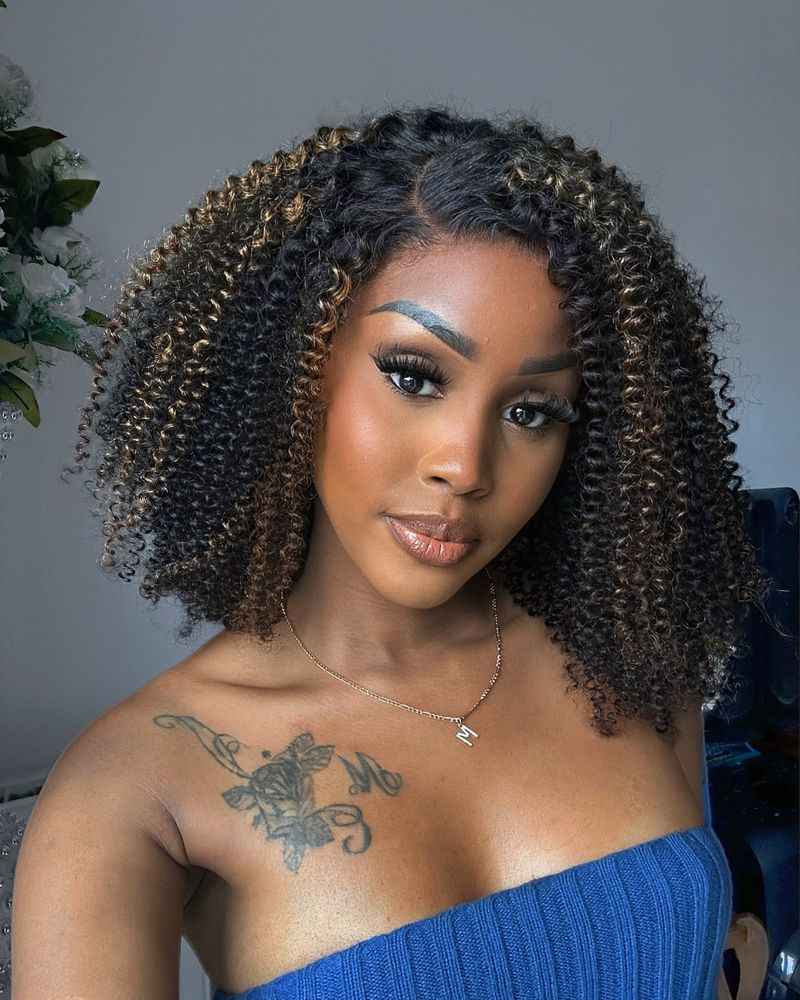
A simple part changed everything. By adding this one detail to the classic Afro, wearers created asymmetry that framed their faces in entirely new ways, softening the geometric perfection of the traditional style. The side-parted Afro brought versatility to natural hair, allowing for more styling options without compromising volume or texture.
What made this style special was how it directed attention to the wearer’s features—a side part naturally draws the eye across the face in a flattering sweep. It’s the subtle cousin of the statement Afro, whispering rather than shouting while still honoring natural textures.
7. Flat Top Afro
Geometry met attitude in this architectural marvel of Black hair artistry. The flat top Afro—with its precisely squared-off crown and meticulously tapered sides—transformed barber shops into galleries of mathematical precision during the late 80s and early 90s. Kid from Kid ‘n Play made this style iconic, inspiring countless young men to sit patiently as barbers sculpted their natural texture into these impressive structures.
Creating the perfect flat top required serious skill with clippers and picks to achieve those crisp, sharp lines. Beyond its visual impact, the flat top represented control and discipline—a way of showcasing that natural hair could be just as precise and intentional as any other texture. It was structured rebellion, combining the Afro’s cultural significance with fresh geometric innovation.
8. Afro with Beads
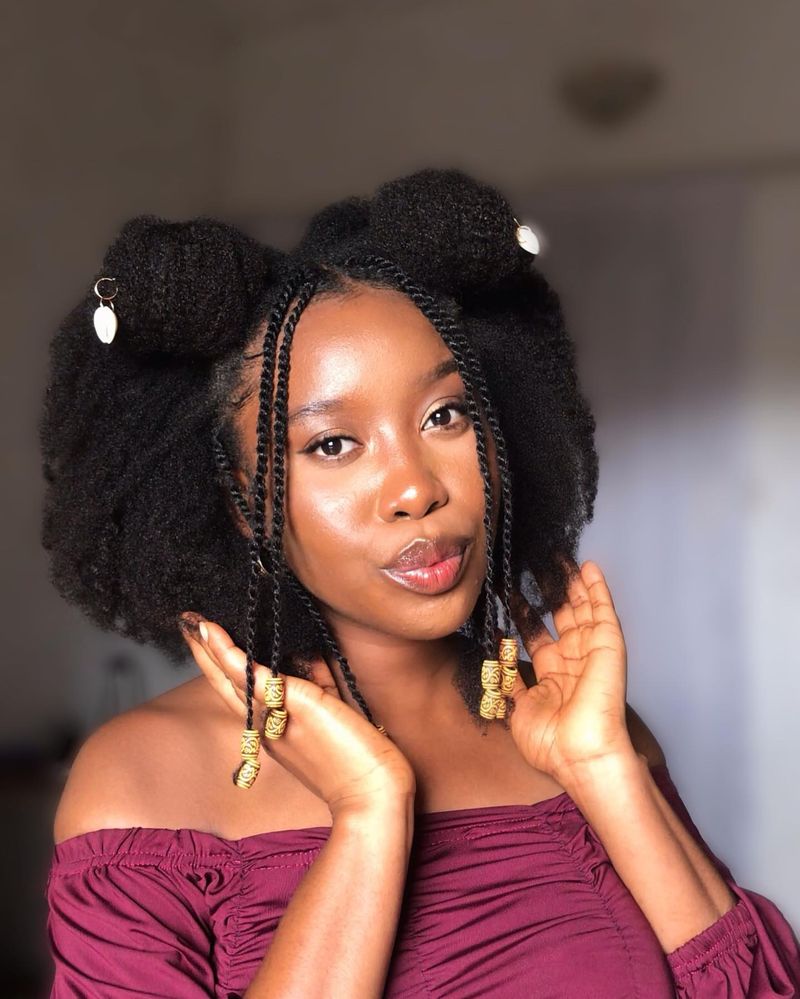
Music for the eyes—that’s what an Afro adorned with colorful beads delivered. Each movement created a gentle symphony as beads clicked together, announcing your presence before you even entered a room.
This decorative style connected wearers to ancient African traditions where beads held cultural significance beyond mere decoration. Parents would spend hours carefully threading beads onto sections of their children’s Afros, creating patterns that reflected family heritage or simply matched favorite outfits.
The beauty of beaded Afros lay in their personalization—no two were exactly alike. Some featured just a few strategic beads as accents, while others transformed entire sections into curtains of color and sound.
9. Foxy Halo Afro
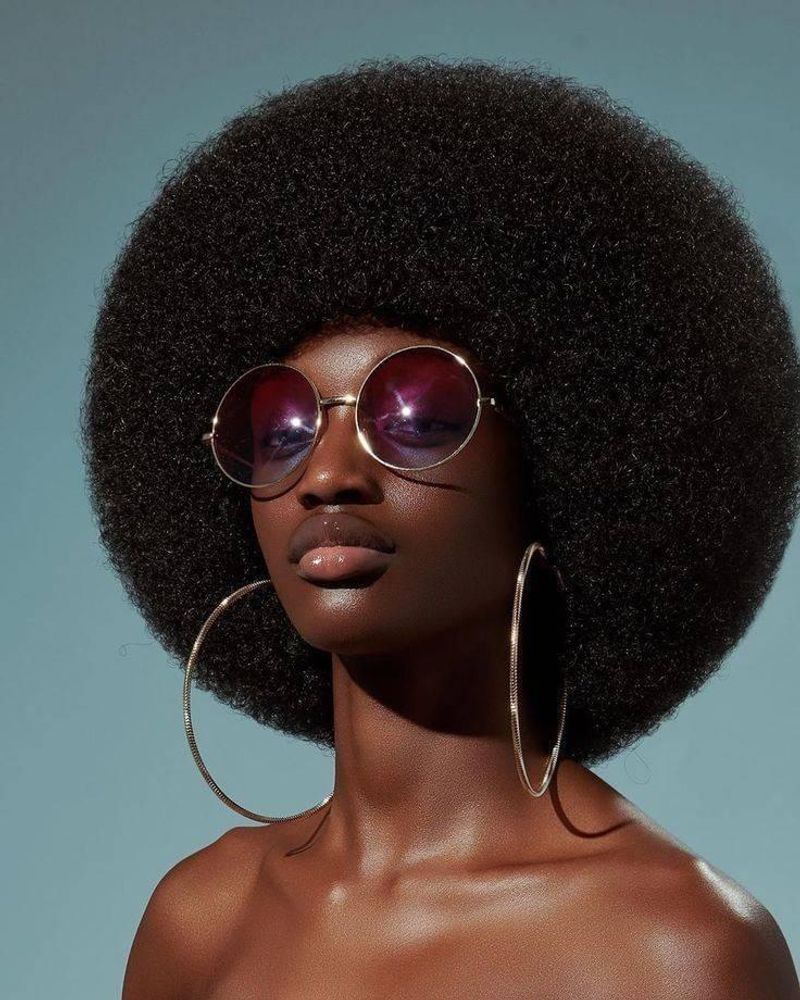
Sultry and soft, the halo Afro framed faces in clouds of glory. This variation focused on creating a rounder, more feathered effect that seemed to float around the head like an angelic crown. Diana Ross made this style legendary, with her signature silhouette becoming almost as recognizable as her voice.
Unlike the more structured perfect Afro, the halo version embraced a certain dreaminess—allowing wisps and tendrils to create a softer boundary between hair and air. The secret to this look was in the picking technique: gentle outward motions that stretched the hair without creating sharp definition.
Women who wore this style commanded attention without saying a word, their magnificent halos preceding them like personal spotlights illuminating their path through the world.
10. Braided Front, Afro Back
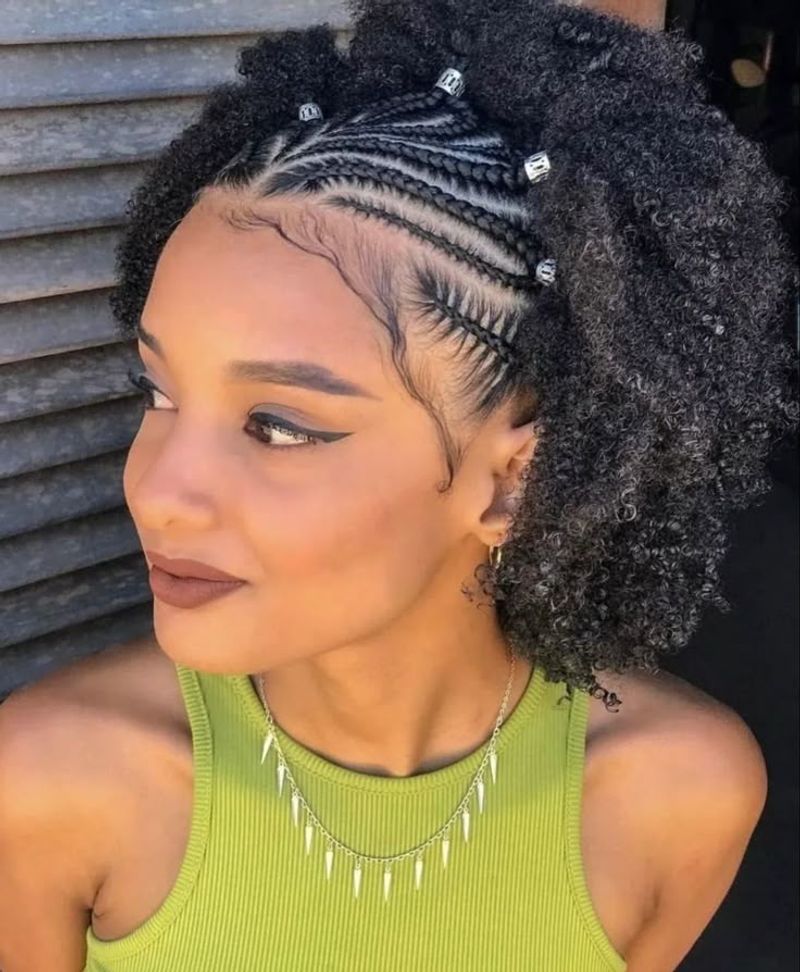
Business in front, party in back! This creative combination featured sleek cornrows or flat twists leading to an explosion of natural texture in the back—the perfect mullet alternative for natural hair. The style offered practical benefits: keeping hair off the face while showcasing length and volume where it mattered.
Young people especially loved this versatile look that could transition from school to weekend hangouts without missing a beat. Creating this dual-textured masterpiece required different skill sets—precision braiding for the front sections and careful picking for the back.
The contrast between the structured front and free-flowing back created visual interest that kept people guessing. It was the perfect compromise for those who couldn’t decide between braids and an Afro.
11. The Afro Hawk
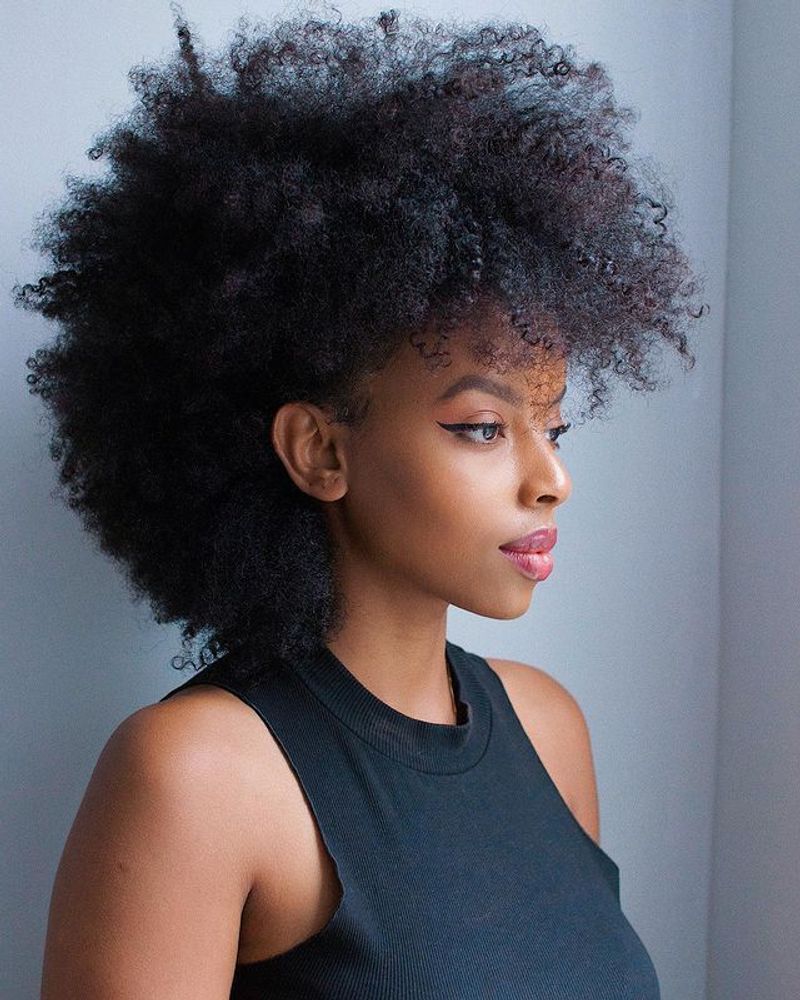
Rebellion squared! The Afro hawk combined two powerful statements—the cultural pride of the Afro with the punk edge of the mohawk—creating something entirely new and boundary-breaking.
This style featured closely cropped or faded sides with a dramatic center strip of Afro texture standing tall down the middle of the head. Mr. T made a variation of this look famous, but countless creative adaptations appeared in urban communities throughout the 80s and early 90s.
What made the Afro hawk special was its cultural fusion—it borrowed from different worlds to create something uniquely expressive. The contrast between the clean sides and textured center created a striking silhouette that commanded attention and respect, perfect for those who wanted their hair to make a bold statement.
12. Picked-Out Afro
Raw authenticity defined the picked-out Afro. Unlike more sculpted versions, this style embraced natural hair in its most liberated form—freshly picked but intentionally left unshaped.
The technique was straightforward: after washing, hair was thoroughly picked out to its maximum volume, then left alone. No patting, no shaping, no fussing—just pure texture allowed to exist exactly as it wanted to.
This approach celebrated the unpredictability of natural hair, allowing cowlicks, varying curl patterns, and unique growth directions to create a one-of-a-kind silhouette. Artists and activists often favored this uncompromising style during the height of the Black Power movement. It represented freedom from all constraints—even the aesthetic ones sometimes imposed within natural hair communities.
13. Scarf-Wrapped Afro
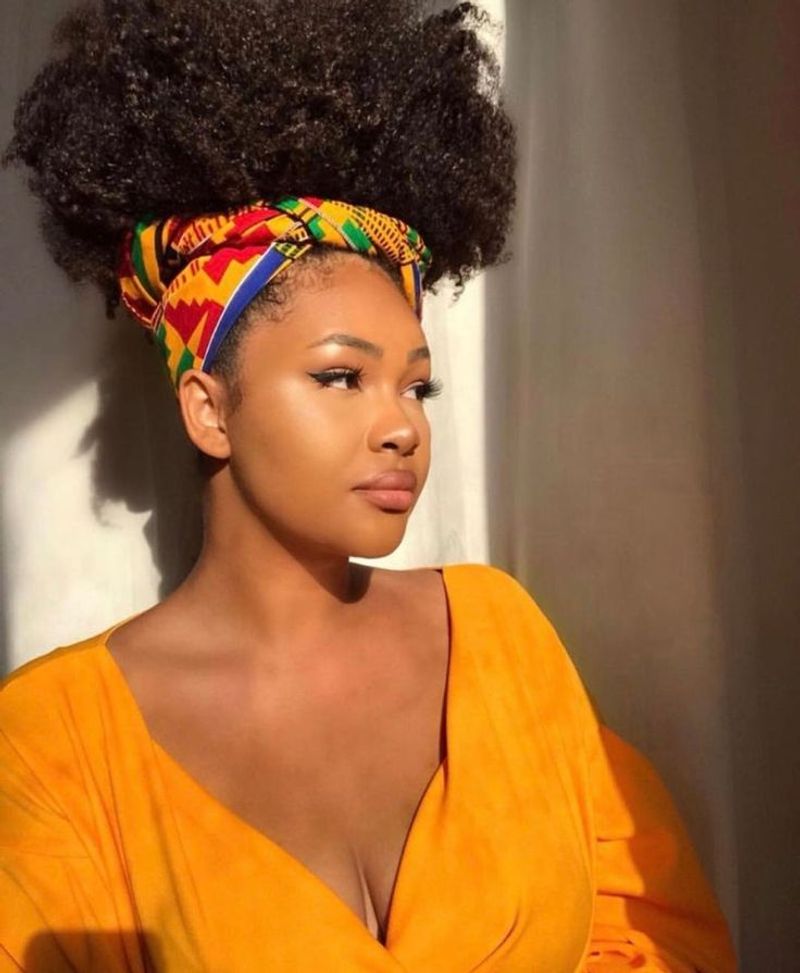
Fabric met texture in this elegant fusion. Colorful scarves wrapped around the base or crown of an Afro added cultural flair while keeping hair secure—practical artistry at its finest.
Women across the diaspora adapted this style using textiles that told stories of heritage and personal taste. Some wrapped their entire head, leaving just the top Afro exposed like a blooming flower, while others used thin strips as simple headbands or accent pieces.
The beauty of scarf-wrapped styles lay in their infinite variations—each wearer created their own signature look based on wrapping technique, scarf pattern, and how much hair remained visible. Nina Simone made this look iconic during performances, her regal wrapped crown becoming almost as powerful a symbol as her voice.
14. Tapered Afro
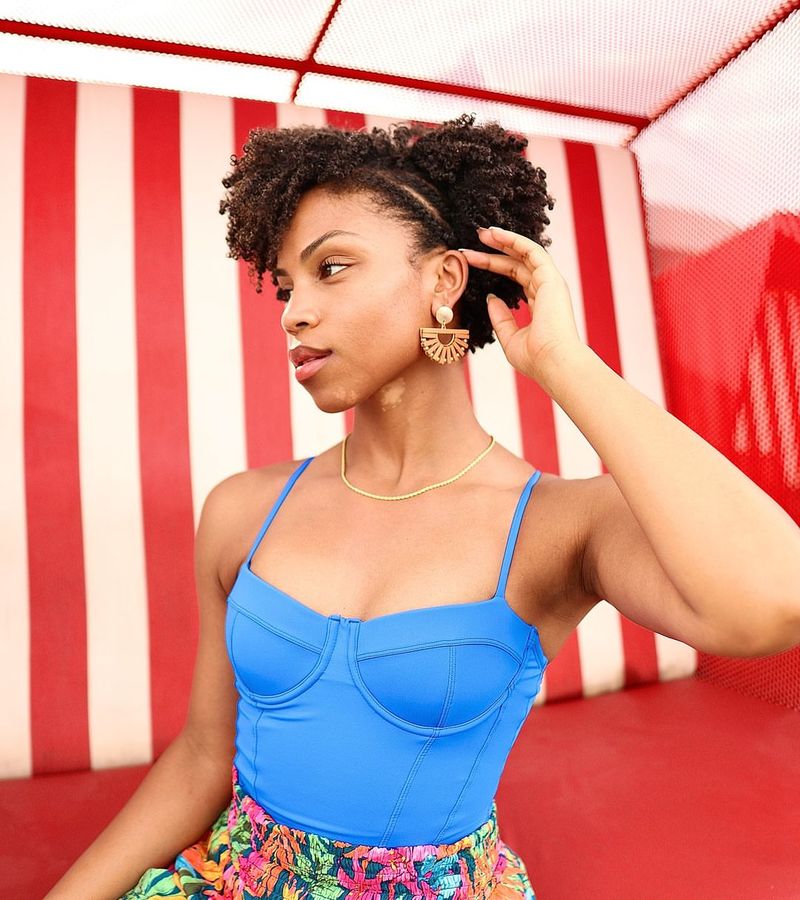
Clean lines met natural texture in the tapered Afro. This sophisticated variation featured shorter sides that gradually increased in length toward the crown, creating a sleek silhouette that worked in both casual and professional settings.
The tapered approach offered the best of both worlds—the cultural significance of natural hair with a structured shape that required minimal daily styling. Many career-focused individuals embraced this look during the 70s and 80s as a way to express identity while navigating predominantly white workplaces.
Barbers became artists when creating the perfect taper, establishing graduated transitions that looked natural rather than sharply defined. The style’s versatility made it popular across genders and age groups—a timeless approach to natural hair that never truly went out of fashion.
15. Wet-Look Afro
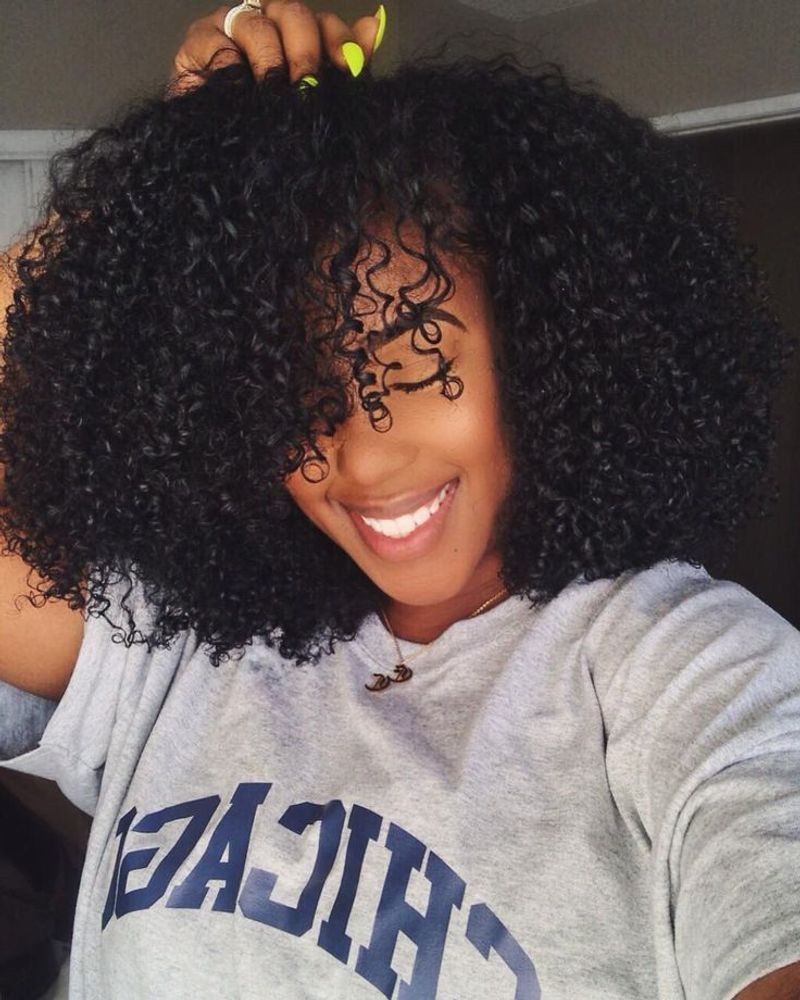
Studio 54 nights called for extra shine! The wet-look Afro transformed natural texture with gels and sheens to create defined curls that caught the light with every turn on the dance floor.
This disco-era favorite emphasized curl definition rather than maximum volume, using products to separate strands into glossy coils. The resulting look was more controlled than a traditional Afro but no less striking—especially under the swirling lights of 70s nightclubs.
Achieving this style required a delicate balance—too much product would weigh hair down, too little wouldn’t create that signature shine. Performers like Donna Summer showcased variations of this glamorous look on stage, their glistening crowns becoming part of their iconic image. It was natural hair with a touch of nighttime magic.
16. Stretched Afro
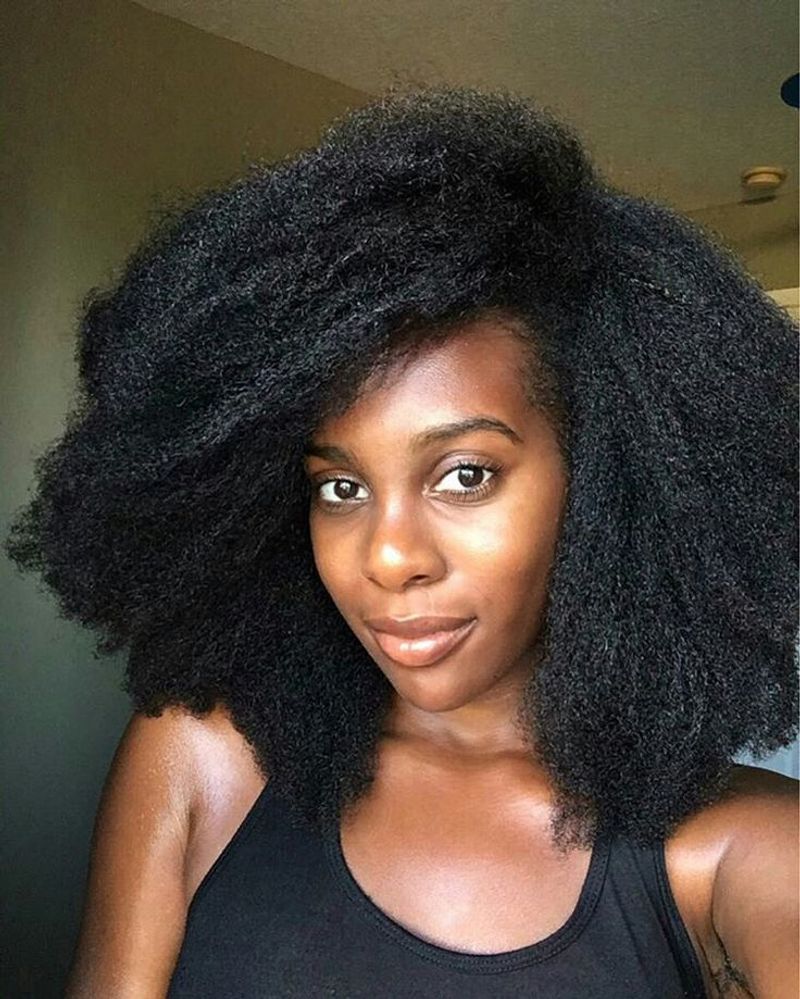
Length meets volume in this versatile style. The stretched Afro used techniques like banding or braiding to temporarily elongate curls before picking them out, creating a longer silhouette while maintaining natural texture.
The beauty of this approach was how it showcased the true length of natural hair that might otherwise appear shorter due to tight curl patterns. Many wearers would prep their hair overnight, sleeping in bands or braids, then release and pick out their stretched texture in the morning.
Unlike heat-stretched styles, this method preserved hair health while still allowing for dramatic length. The resulting look had a unique texture—not quite as densely packed as a traditional Afro but with more volume than completely straightened hair—creating a distinctive silhouette that celebrated the versatility of natural hair.
17. Fist Comb Afro
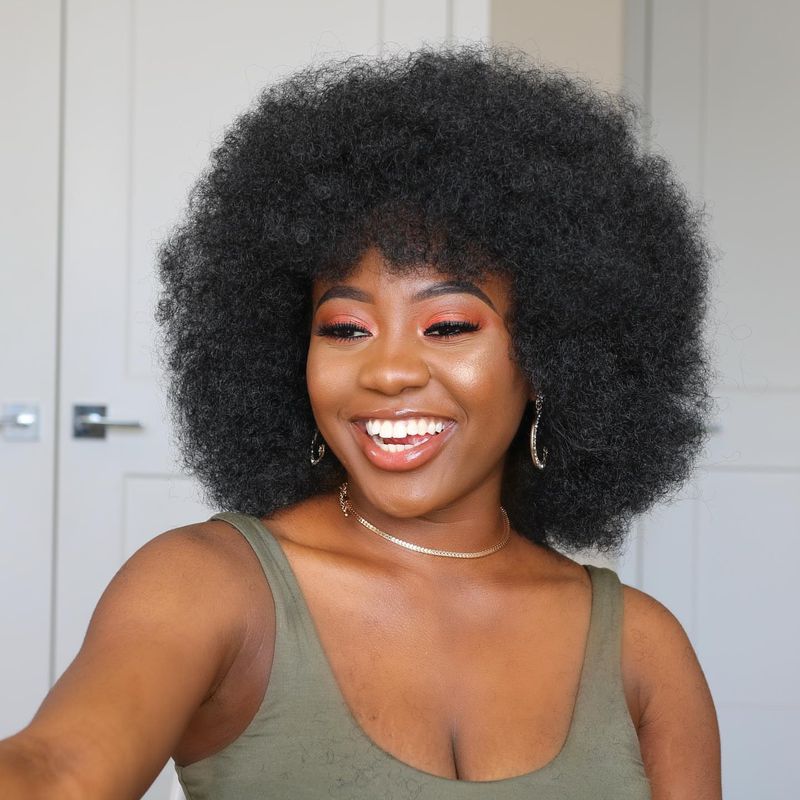
More than a hairstyle—this was revolution in visual form. The fist comb Afro featured a Black Power fist pick prominently displayed within a full, round Afro, creating a walking symbol of resistance and cultural pride. The pick itself was as important as the hair it shaped, with its handle molded into the raised fist symbol of solidarity and strength.
Young activists would deliberately place these combs at specific angles, turning their hairstyle into a three-dimensional political statement. During marches and demonstrations of the late 60s and early 70s, rows of Afros adorned with fist picks created powerful visual imagery. The style declared that personal grooming choices could also be acts of resistance—beauty and politics intertwined in a single, unforgettable silhouette that spoke volumes without saying a word.

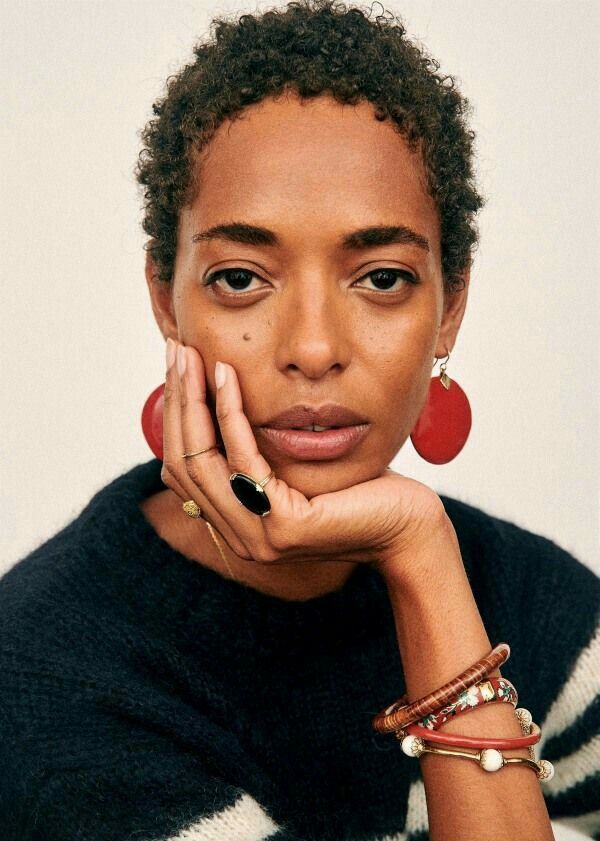
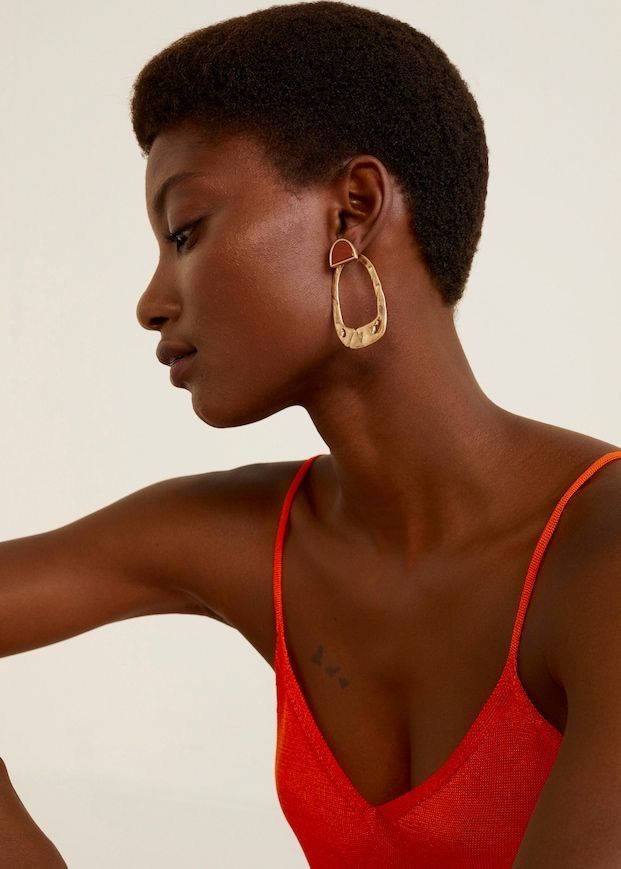
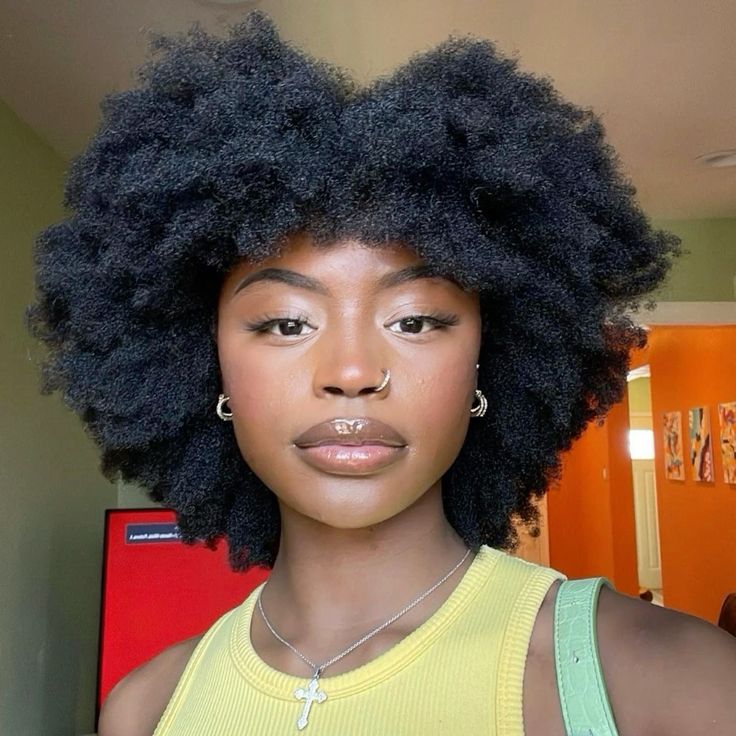
Comments
Loading…